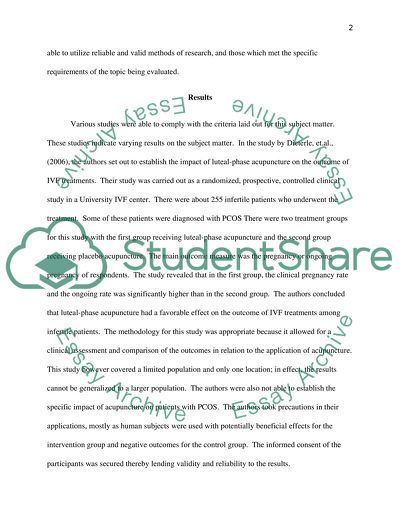Cite this document
(“Acupuncture in Treating Infertility Research Paper”, n.d.)
Retrieved from https://studentshare.org/health-sciences-medicine/1402414-acupuncture-in-treating-infertility
Retrieved from https://studentshare.org/health-sciences-medicine/1402414-acupuncture-in-treating-infertility
(Acupuncture in Treating Infertility Research Paper)
https://studentshare.org/health-sciences-medicine/1402414-acupuncture-in-treating-infertility.
https://studentshare.org/health-sciences-medicine/1402414-acupuncture-in-treating-infertility.
“Acupuncture in Treating Infertility Research Paper”, n.d. https://studentshare.org/health-sciences-medicine/1402414-acupuncture-in-treating-infertility.


